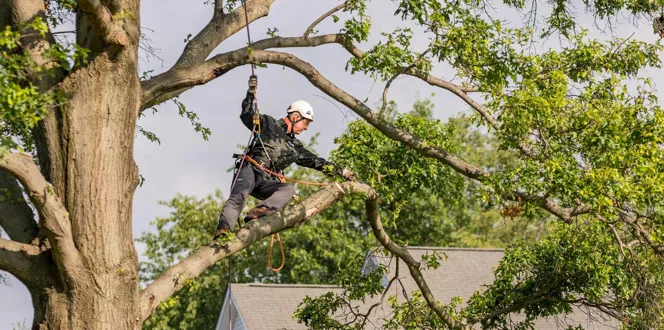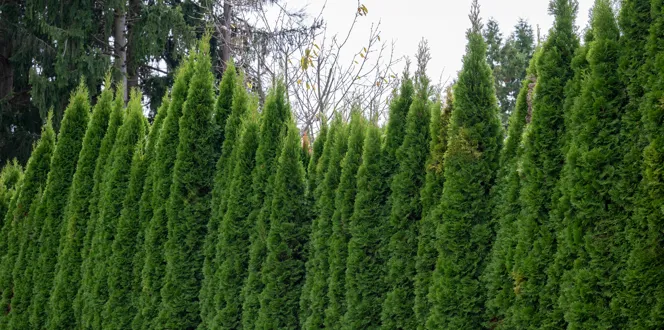Pruning – tree trimming – call it what you will. No matter its name, we love talking about how and why to prune trees at Davey!
The benefits of pruning trees seem endless. Pruning creates stronger, healthier trees, which reduces the risk of trees damaging your property. So, you’ll have less damage and clean up after storms.
Plus, pruning makes your tree look better – and results in a larger harvest from fruit trees! Now that’s a delicious reason to prune your trees.
Once your tree is pruned, though, should you use a pruning sealer on cuts close to the trunk?
Our reader Terri F. recently asked this question after “trimming some lower branches off a sycamore tree.”
Before we delve into whether you should use a pruning sealer on your trees, let’s cover the basics.
What Is A Pruning Sealer?
Pruning sealers, also called pruning paint, are products that claim to “aid the healing of pruning cuts” or “minimize sap loss.”
Most often, these products are petroleum-based, but some even contain asphalt. Alternatively, there are natural tree sealers with ingredients like collagen and aloe gel.
Should I Use A Pruning Sealer On Trees? If So, When Do I Use Tree Sealer?
No – you should not generally use pruning sealers after pruning your trees or shrubs. The main exception is when trees like elms and oaks, which are susceptible to vascular wilts such as Dutch elm disease and oak wilt, have to be pruned during the growing season for safety reasons. In those exceptional cases, painting the wounds with latex-based paint will help prevent the spread of vascular wilts by beetles while also allowing the wounds to seal properly.
Research from the University of Arizona, found pruning sealers actually obstruct trees’ natural healing power. Yes, you read that correctly! Tree pruning sealers are bad they make it harder for your tree to recover.
Plus, pruning sealers may trap moisture in the tree, which can encourage wood decay or fungi.
While we need Band-Aids to reduce blood loss and help our wounds heal, trees simply recover differently than us.
How Trees Recover After Pruning
After pruning, trees grow new wood, which covers the pruning wound, and prevents the invasion of pathogens (diseases) or bugs.
Trees know how to recover from pruning wounds all on their own.
There you have it! Thanks again to Terri F. for submitting this question.







